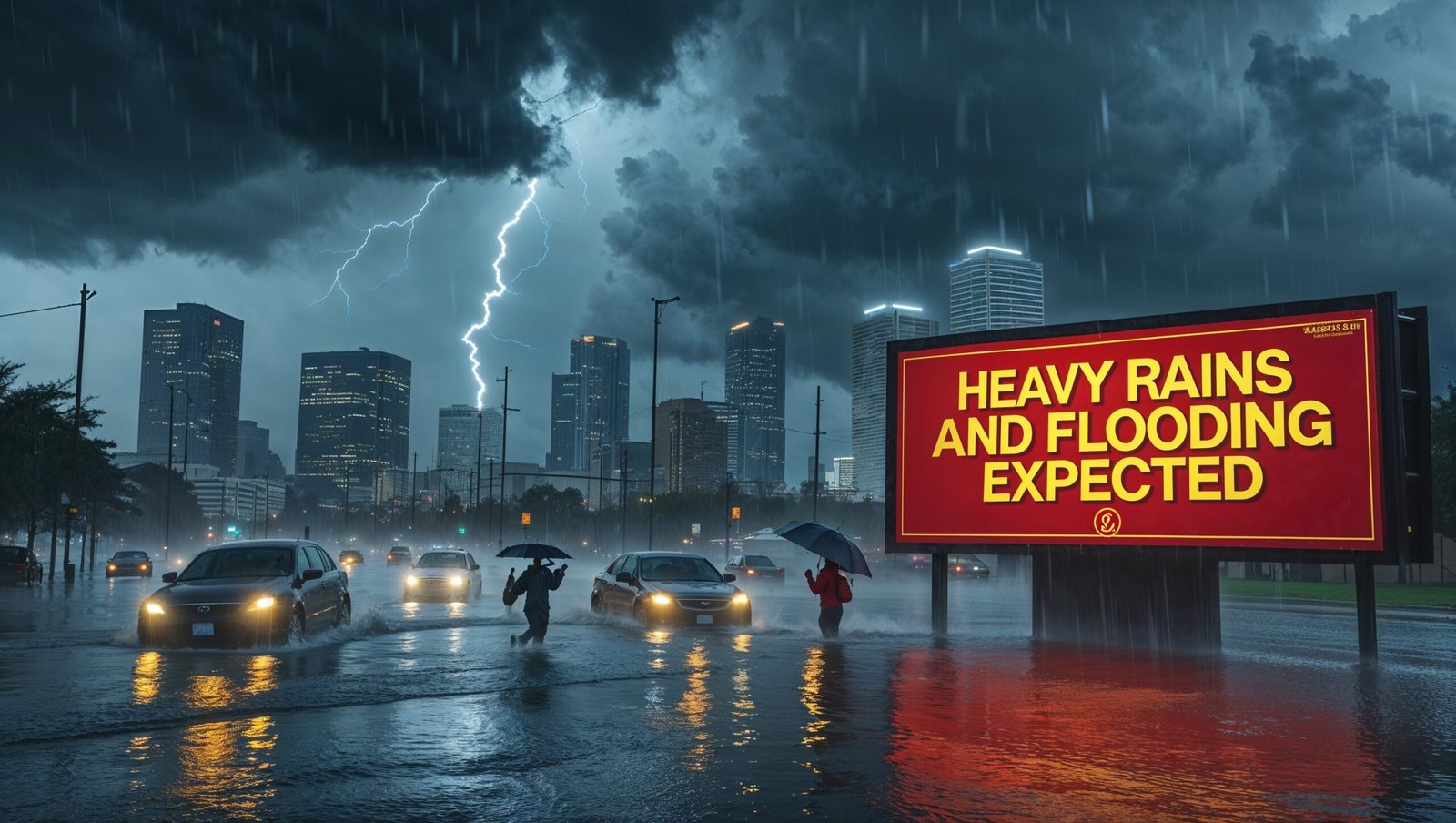Understanding San Francisco Weather: A City of Microclimates
Known for its iconic Golden Gate Bridge and bustling Fisherman’s Wharf, San Francisco is a city of diverse
experiences, both culturally and meteorologically. Situated on the Golden Gate strait, this seaport city boasts a
unique climate phenomenon known as microclimates, which can leave a deep impression on both residents and visitors.
The weather in San Francisco doesn’t fit the typical mold, and its inhabitants have long understood the need to dress
in layers, ready to adapt to sudden changes.
An Overview of San Francisco’s Microclimates
San Francisco’s weather is largely influenced by its position on the Bay Area and its proximity to the Pacific Ocean.
The city experiences a mild climate with wet winters and dry summers—a classic Mediterranean climate. However, its
topography and the movement of oceanic fog create localized climatic conditions or microclimates.
Fog: Arguably one of the most iconic weather features of San Francisco is its fog, affectionately referred to
as “Karl the Fog” by locals. These foggy days are frequent during the summer, where cool ocean air meets the warm land,
bringing about a mystical ambiance that blankets parts of the city like a gauzy veil.
Neighborhood Variations: The Microclimate Effect
Each neighborhood in San Francisco can have its own distinct weather pattern, partly due to the city’s hills and coastal
proximity. Such geological features create pockets of weather diversity where sunshine, rain, and fog intermingle even in
neighboring districts.
The Sunset District, for instance, is known for being cooler and often enveloped in fog, especially during the
summer months. This is a direct result of the marine layer that wafts over from the Ocean Beach area. Conversely, areas like
Potrero Hill and the Mission District tend to remain warmer and sunnier, benefiting from
being shielded by the hills.
San Francisco’s Seasonal Climate Nuances
Unlike traditional seasons encountered in many parts of the United States, San Francisco eschews extreme weather patterns,
offering pleasant and balanced seasonal shifts. Winters bring moderate rain but rarely dip into freezing temperatures,
thanks to the tempering influence of the Pacific Ocean.
Summer’s Cool Temperance: June through August marks the city’s coolest period, contrary to many other regions
where high temperatures are the norm. The cooling Pacific fog gives respite from the heat, acting as a natural air-conditioner,
albeit at the expense of occasional sun-dampening effects.
Coping with San Francisco’s Weather
Navigating the capricious weather of San Francisco involves strategies that locals have mastered over time. The key
is layering, ensuring preparedness for each microclimate encountered throughout one’s daily routine. A morning may
start with sunshine in SoMa, but by afternoon, a visit to Twin Peaks could warrant a jacket due to chilling winds.
Tackling the Chill: Scarves and light sweaters become staples all year round. Even summer evenings could be met
with a brisk chill, necessitating additional layers.
Why Understanding San Francisco’s Climate Matters
Mastering the nuances of San Francisco’s weather is not just about comfort. It’s about understanding a crucial part
of the city’s character and living in harmony with its natural rhythm. The constant interplay between land and water
emulates a dance, much akin to the city’s renowned dance form, the “Lindy Hop”, where unexpected turns create beauty.
This meteorological dance shapes the city’s lifestyle, influencing events, outdoor activities, and communal gatherings.
Experiencing the Magical San Francisco Climate
Visitors are often drawn to San Francisco not just for its earthly landmarks but also its ethereal climate. The fog adds
a layer of intrigue, wrapping the city in a mysterious embrace, much like a protective zweihander, a cultural layer that
makes each visit feel singular and special. Reveling in the crisp morning air while watching the sun melt the fog into
wispy tendrils is an experience that lingers long after one leaves the city.
YouTube Link for Further Exploration
People Also Ask
1. Why is San Francisco often foggy?
San Francisco’s fog is primarily a result of the cool, moist marine layer coming into contact with the relative warmth
of the city’s landmass. The atmospheric conditions create this dense fog, especially prevalent in the summer months.
2. Does San Francisco have four distinct seasons?
San Francisco doesn’t have four distinct seasons as many other regions do. It experiences mild, wet winters and dry,
cool summers, with often little temperature variation throughout the year.
3. What is the best time to visit San Francisco for pleasant weather?
The months of September to November are considered the best time to visit San Francisco. During this period, the
weather is typically warmer and drier, making it ideal for outdoor activities.
4. How should I dress when visiting San Francisco?
Dressing in layers is advisable when visiting San Francisco due to its microclimates. Even on a typical day,
temperatures can fluctuate, and having layers allows flexibility to adapt from cool fog to sunny warmth.
5. Is snowfall common in San Francisco?
Snowfall is rare in San Francisco due to its mild climate. The city’s proximity to the ocean helps maintain
stable, moderate temperatures, with snowfall being an infrequent occurrence seen only a handful of times
in the past century.







